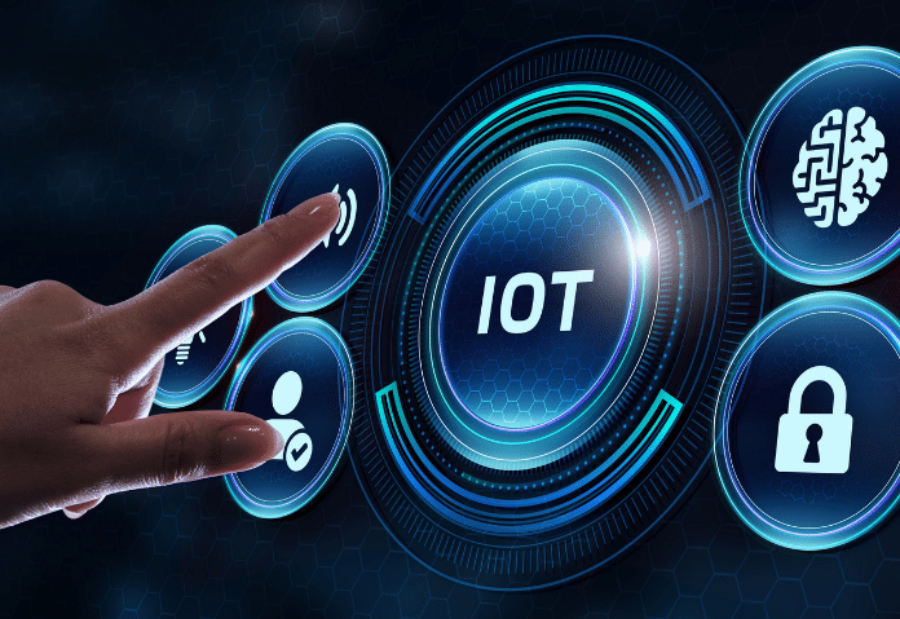
Top IoT Trends to Watch in 2025: Advancements in Connectivity, Security, and Smart Solutions
In 2025, the Internet of Things (IoT) will continue to evolve, introducing more advanced capabilities across industries. Here are some of the top IoT trends expected to shape the landscape:
1. 5G and IoT Integration
The rollout of 5G networks will enable IoT devices to operate faster and more efficiently. Enhanced bandwidth and lower latency will support real-time data processing, leading to improvements in applications like autonomous vehicles, smart cities, and industrial automation.
2. AI and Edge Computing for Real-time Processing
AI-powered IoT devices, coupled with edge computing, will allow for faster decision-making at the source. This will reduce reliance on cloud computing, enabling devices to analyze and act on data locally, and improving response times and security.
3. Smart Cities and Urban Mobility
IoT will play a crucial role in transforming cities into smart environments. Sensors, smart traffic systems, connected public transportation, and waste management solutions will improve efficiency, sustainability, and quality of life in urban areas.
4. Healthcare IoT (IoMT) Advancements
The Internet of Medical Things (IoMT) will continue to thrive, with devices like wearables, smart implants, and connected health monitoring systems providing real-time health insights. This will lead to more personalized care, remote monitoring, and predictive healthcare solutions.
5. IoT Security and Privacy
As IoT devices proliferate, so will concerns about security and privacy. In 2025, there will be a greater emphasis on implementing strong encryption, authentication protocols, and regulatory frameworks to safeguard sensitive data and prevent cyberattacks.
6. Sustainability and Green IoT
IoT will increasingly be used to drive sustainability efforts. Smart energy grids, optimized water management systems, and connected sensors for waste and pollution monitoring will help industries and cities reduce their environmental footprint.
7. Connected Industrial IoT (IIoT)
The Industrial Internet of Things (IIoT) will grow, with smart factories and connected industrial equipment enabling predictive maintenance, supply chain optimization, and more efficient production processes. This will improve operational efficiency and reduce downtime.
8. Voice and Gesture-Controlled IoT
With the integration of advanced voice recognition and gesture controls, IoT devices will become even more intuitive and user-friendly. From home automation to industrial equipment, controlling IoT devices will be easier and more seamless.
9. IoT for Supply Chain Optimization
IoT-enabled tracking and inventory management systems will transform logistics and supply chains. Sensors and connected devices will provide real-time insights into stock levels, location tracking, and delivery statuses, improving efficiency and reducing waste.
10. Blockchain for IoT Security and Authentication
Blockchain technology will increasingly integrate with IoT to provide secure, transparent, and tamper-proof data transactions. This will enhance device authentication, improve traceability, and bolster trust in IoT ecosystems.
These trends show how IoT will continue revolutionizing multiple sectors, making devices smarter, more secure, and more integrated into everyday life by 2025.